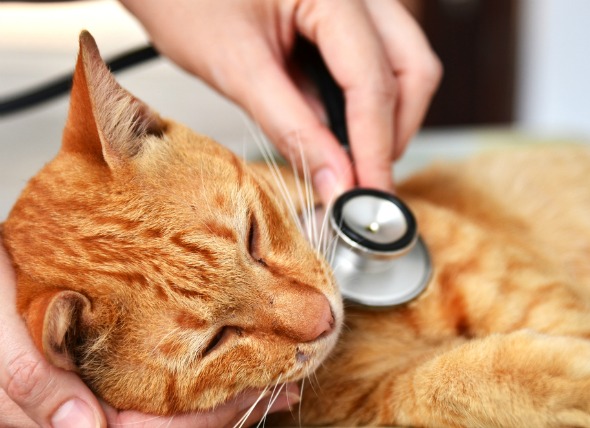
There can be few more upsetting events for an independent, territorial-minded cat than being seized, confined, and forcibly taken to an unfamiliar place - whether on a visit to the vet or to a new house in a new neighborhood. Whenever you are taking your cat anywhere, it is important to minimize the stress as much as possible.
Your cat's safety must be your first consideration when planning how to move it from one location to another. A frightened animal will often behave unpredictably and can run away or lash out. For this reason, cats should always be transported in a carrier. Unless designed for carrying a small animal, cardboard boxes are not escape-proof, and may become wet and unsafe if exposed to rain or if the cat urinates. Wicker and mesh baskets look attractive but may require draft-proofing in cold weather; wrap newspaper or polythene around the outside to insulate the basket.
The most practical option is a fiberglass or plastic carrier. It will last for years, is secure and strong, and can be easily cleaned and disinfected.
Another option, ideal for carrying a cat on public transport, is a large vinyl zipper bag with ventilation holes and a "window" at one end. Some cats seem to feel more secure in the dark, so a blanket placed over an open mesh basket may make your cat less afraid. Others appear to enjoy being able to see their surroundings.
When traveling with your cat in the car, do not be tempted to let it out of its carrier. A cat on the loose in a car presents a major distraction to the driver. The carrier must be properly secured, either by a seat belt or by placing it on the floot so it will not slide around. On long journeys, the noise and motion of the car usually have a calming effect, and most cats settle down to sleep. However, if your cat is a difficult traveler, your vet may prescribe sedatives to help calm it.
For air travel, cats must have a special carrier that is approved by the airline. Call the airline well in advance to find out what is required, and make the necessary arrangements. If the flight is long, it may be worth having your cat sedated.
Moving to a New House
Cats typically adapt quickly to new situations and most will normally accept a temporary or permanent move to a new house. Keep your cat indoors for the first few days to give it time to settle. A cat placed in strange surroundings may run off to look for familiar landmarks and be unable to make its way home. Wait until it is hungry, therefore, before letting it outside. If it seems inclined to wander, you can then call it back to the house with an offer of food. Make sure that the cat's identification disk has the new address and telephone number on it, even if you have taken a vacation let only. Your cat is likely to take a while to establish a position in the hierarchy of neighborhood cats, so if your stay is going to be a short one, you may prefer to keep the cat inside to avoid squabbles.
 Cat Leukemia (Feline Leukemia Virus)
Feline Leukemia Virus Infection (FeLV) in Cats
Feline le
Cat Leukemia (Feline Leukemia Virus)
Feline Leukemia Virus Infection (FeLV) in Cats
Feline le
 Constipation in Cats
Constipation and Obstipation in Cats
Constipation
Constipation in Cats
Constipation and Obstipation in Cats
Constipation
 What Cats Are Good With Kids & Shed the Least?
What Cats Are Good With Kids & Shed the Le
What Cats Are Good With Kids & Shed the Least?
What Cats Are Good With Kids & Shed the Le
 Diarrhea (Antibiotic-Responsive) in Cats
Antibiotic-Responsive Diarrhea in Cats
It is not
Diarrhea (Antibiotic-Responsive) in Cats
Antibiotic-Responsive Diarrhea in Cats
It is not
 Paralysis in Cats
Loss of Body Movement in Cats
A cat’s abili
Paralysis in Cats
Loss of Body Movement in Cats
A cat’s abili
Copyright © 2005-2016 Pet Information All Rights Reserved
Contact us: www162date@outlook.com